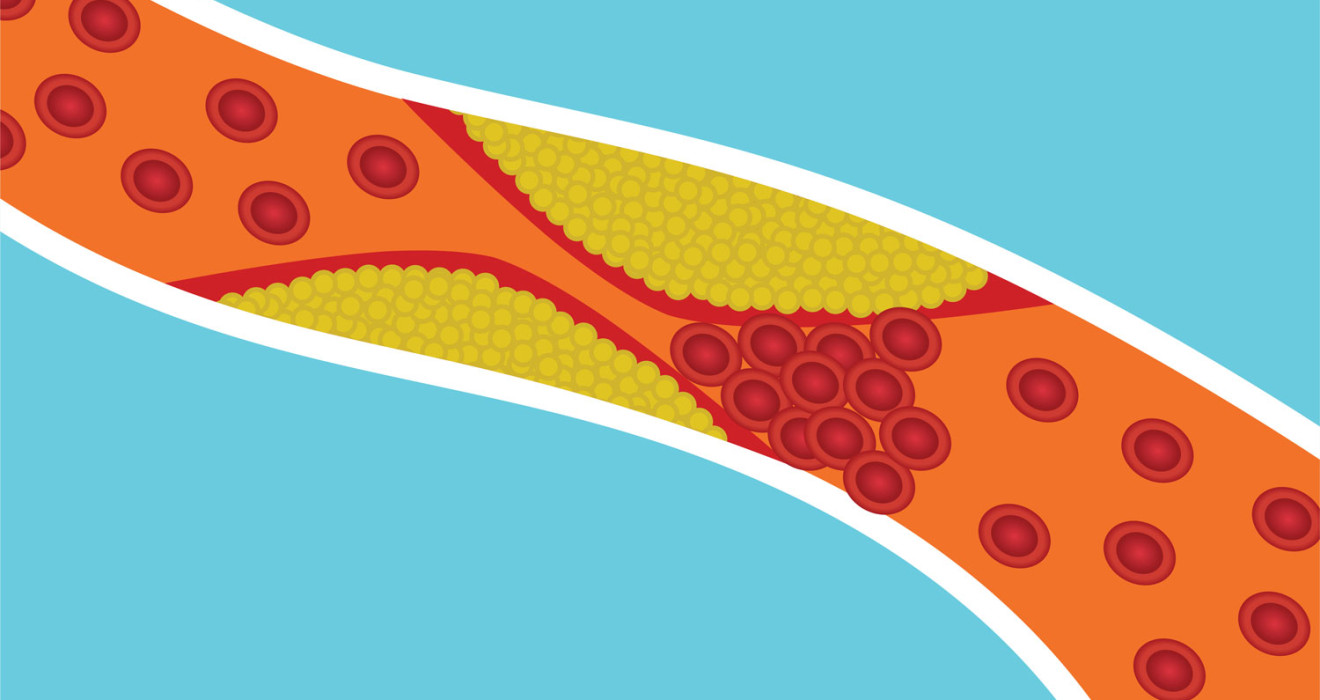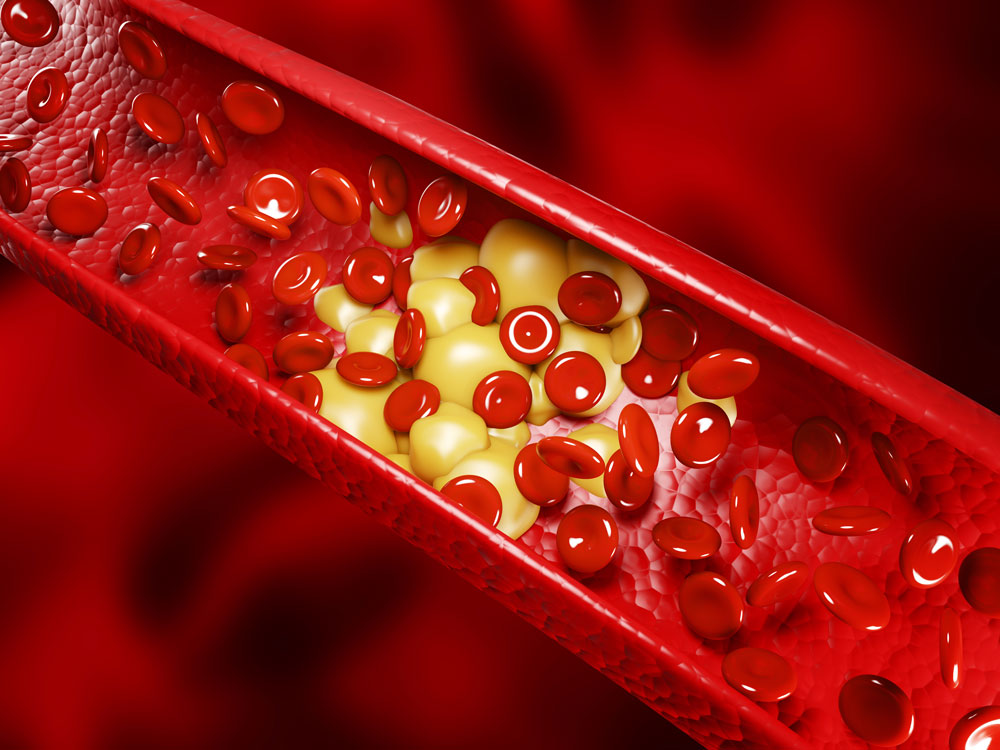
Coronary Heart Disease Treatment
Coronary artery disease occurs due to narrowing or blockage in the arteries that carry blood to the heart muscle. This disease is among the most common causes of death worldwide. Coronary artery disease treatment is done using various methods to stop the progression of the disease, relieve symptoms, and reduce the risk of heart attack or other serious complications.
What is Coronary Artery Disease?
Coronary artery disease is when the heart muscle cannot receive enough oxygen and nutrients due to narrowing or occlusion of the coronary arteries that feed the heart. This can cause damage to the heart muscle and a cardiac arrest. It is one of the most common heart diseases worldwide.
What are the Types of Coronary Artery Disease?
Coronary artery disease is divided into the following subtypes:
- Atherosclerotic coronary artery disease: It is caused by the formation of fat and cholesterol deposits called plaques on the walls of the arteries. Plaques narrow the inner walls of the arteries and block blood flow.
- Coronary artery spasm: It occurs due to a sudden contraction of the coronary arteries and prevents blood flow. This type of coronary artery disease is rarer than other types.
- Coronary microvascular disease: It occurs due to the small diameter of the coronary arteries or damage to the arterial walls.
Coronary artery disease is often associated with risk factors such as high blood pressure, high cholesterol, diabetes, obesity, smoking and a sedentary lifestyle. Therefore, it is essential to control risk factors to prevent the disease and treat coronary artery disease.
Who is Prone to Coronary Artery Disease?
Coronary artery disease can be seen at any age. However, it is more common in people over the age of 50. It is also more common in men than women. Family history may also increase the risk of developing coronary artery disease.
What are Coronary Artery Disease Treatment Methods?
Coronary artery disease treatment includes the following methods:
- Lifestyle changes
- Drug therapy
- Angioplasty
- Bypass surgery
How are Balloons and Stents Applied in Coronary Artery Disease?
Balloon and stenting, or angioplasty, widen clogged coronary arteries and restore proper blood flow.
The procedure sequence of balloon and stent application during coronary artery disease treatment consists of the following steps:
- Anaesthesia: Local anaesthesia or sedation is applied to the patient before the procedure.
- Access to the artery: During the procedure, a catheter is inserted into an artery under the skin (usually in the hand or groin area) and routed up to the coronary arteries.
- Contrast agent injection: A contrast agent is injected through the catheter to provide an X-ray view of coronary arteries and occlusions.
- Balloon application: The balloon is directed to the area where the obstruction is through the catheter to open the obstruction.
- Stent application: The stent is used to keep the occlusion in the coronary artery open permanently.
- Post-procedure monitoring: When the procedure is finished, the patient's heart rate and blood pressure are closely monitored.
Balloon and stent application is usually performed together with angiography or cardiac catheterization. The procedure usually takes 30-60 minutes.
When Does the Patient Return to Normal After Treatment?
The patient's recovery time varies according to the treatment method and the patient's health status. After angioplasty, patients usually stay in the hospital for one day.
How should the patient be followed up after the treatment?
After coronary artery disease treatment, the patient should be followed closely. Follow-up objectives in the post-treatment period include:
- Monitoring and audits
- Drug therapy
- Diet
- Exercise
- Check-ups
What are the Prevention Methods for Coronary Artery Disease?
The following methods are recommended to prevent coronary artery disease:
- Adopting a healthy lifestyle: Not smoking, exercising regularly, eating healthy, avoiding stress and staying at a healthy weight are essential to protect heart health.
- Eating healthy: Following a low-fat, low-salt and low-cholesterol diet helps to protect heart health.
- Exercising regularly: Exercising regularly strengthens the heart muscles, increases blood circulation and reduces the risk of coronary artery disease.
- Avoiding stress: Stress causes adverse effects on heart health. Practising yoga, meditation, deep breathing exercises, or other stress reduction techniques may help prevent stress.
Frequently Asked Questions
-
Coronary artery disease treatment must be done as soon as possible. Coronary artery patients should also pay attention to the following factors to maintain a healthy life:
- Stop smoking
- Healthy eating
- Regular exercise
- Stress management
- Regular checkups (People at risk of coronary artery disease should go for regular checkups.)
- Medical treatment (Some people are at greater risk for other health problems such as high blood pressure, high cholesterol or diabetes. Therefore, regularly taking medical treatment and medications helps reduce coronary artery disease risk.)
-
Coronary artery disease is a permanent condition. However, it is possible to control symptoms and slow the progression of the disease with regular treatment, lifestyle changes, and medication.
-
Coronary artery patients should eat healthy and avoid high-calorie, high-fat foods. In addition, consuming foods such as fruits, vegetables, whole grains, and lean protein sources should be increased, and salt consumption should be limited.
-
If coronary artery disease is not treated, it can cause heart attack, heart failure, arrhythmia and even death. For this reason, people with coronary artery disease must be followed up regularly without neglecting the treatment.


